As featured in the Natural Wedding Company’s blog (www.naturalweddingcompany.co.uk). Flowers by Devon-based growers, The Flowerfield (theflowerfield.co.uk). Photo by Jennie Hill (www.jenniehill.com).
Bewitching winter arrangement –
This arrangement of witch hazel (hamemelis) with multi-headed scented daffodils is a perfect representation of the winter garden, contained in a simple glazed jug. It was used as a table decoration for a winter wedding. The arrangement gives a citrus splash of yellow and orange, the bright colours tempered with the greys and sage of both budded and lichen-coated twigs.
It’s an informal arrangement, easy to emulate at home using garden-grown or shop bought narcissi and witch hazel, together with twigs gathered from the garden or woods. The stalks could be placed directly into the jug without support. However, better placing and hold could be achieved with a plug of floral foam or alternatively a metal spike at the base of the jar.
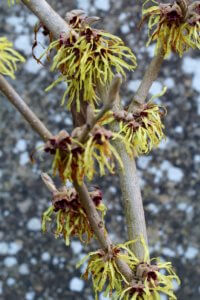
Visit any garden or plant centre in late winter and you’ll likely find potted Witch Hazel shrubs crowded by the entrance to coax you into an impulse buy. It’s little wonder that I was seduced into buying my Witch Hazel ‘Pallida’ in this way. The yellow ticker-tape flower bracts explode from the burgundy centre like a cheer-leader’s pompom. It has a delicate scent, sweet but slightly citrusy. Witch hazel is easy to grow as long as windy or shady sites or chalky soils are avoided. It prefers full sun but will tolerate partial shade. It likes a slightly acidic soil so it may help to put a spade full of ericaceous compost in the hole when you plant it out. Keep watered in dry spells in the first year.
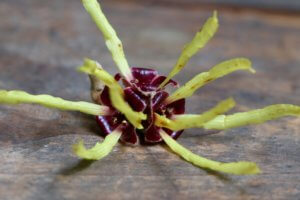
During cursory research I found different explanations for the name hamemelis. Missouri Botanical Garden’s website attributes the name to the greek work hama meaning at the same time and melon meaning apple or fruit, a reference to the fact that flower and fruit occur on the plant at the same time. I have also found references to the name deriving from greek meaning like a medlar or apple tree. More interesting perhaps is the origin of the common name Witch Hazel, which derives from the Middle English word wiche and Old English wice, both meaning pliant or bendy.
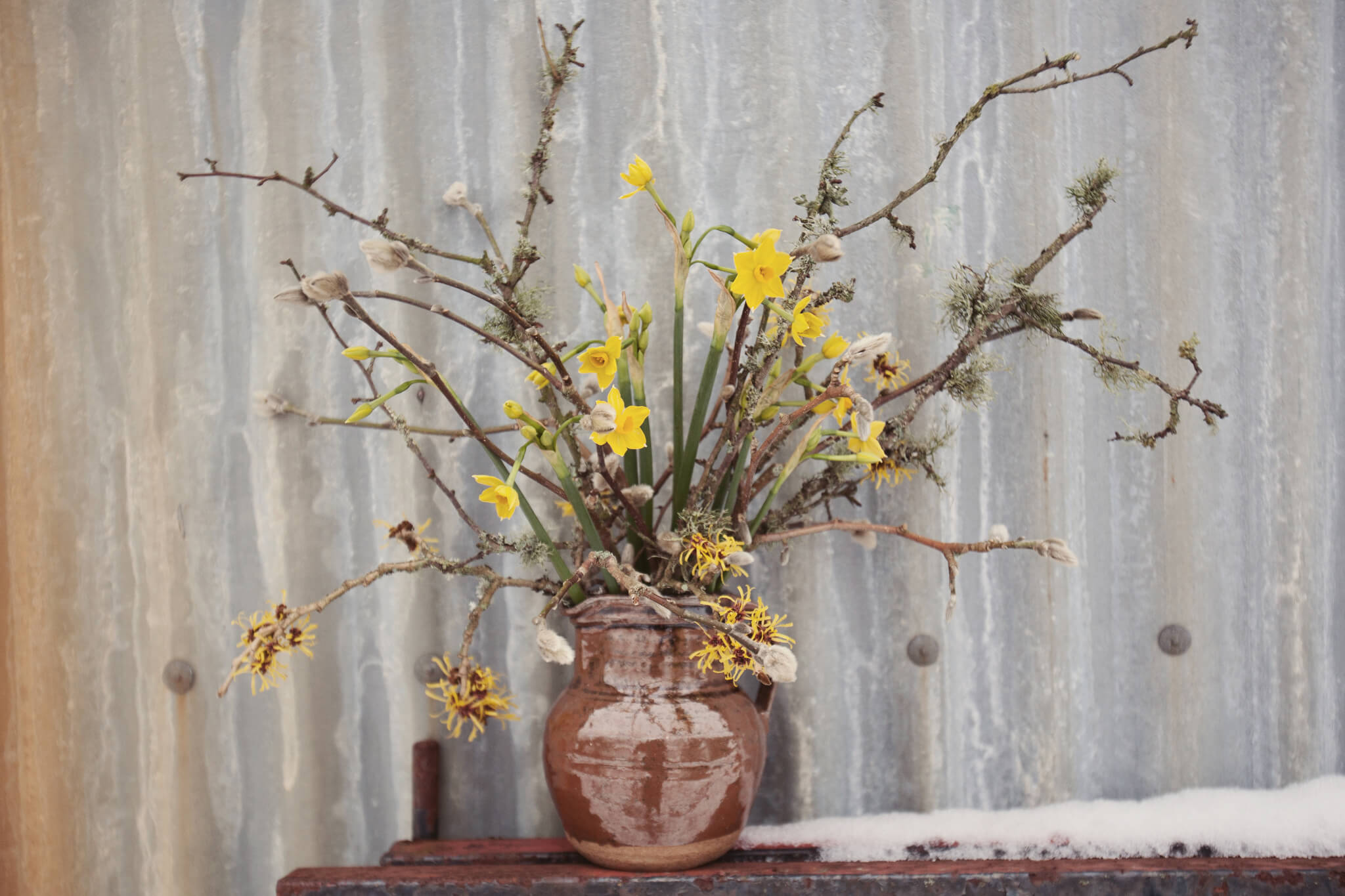
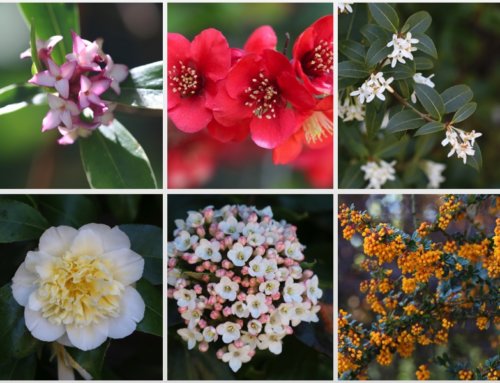
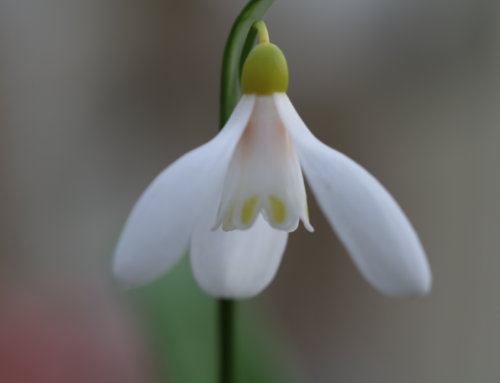
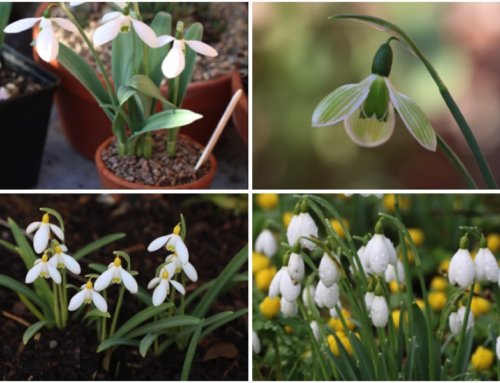
Loving the info on this internet site, you have done outstanding job on the content.
Thanks so much for the lovely comment. I do so enjoy writing about plants and taking photos so it’s lovely to hear when readers enjoy what I’m doing.
Thanks for this blog. I learned a lot from this blog. I love flowers so much. Thanks for these tips you post for us. What a beautiful flower designs and arrangements. I hope you can teach me flower arrangements like that so that I can use it if there is an occasion in our family.
So glad you got some inspiration from my blog. I will continue to share flower arranging ideas on this website, especially once my garden starts producing more flowers in the UK spring and summer.